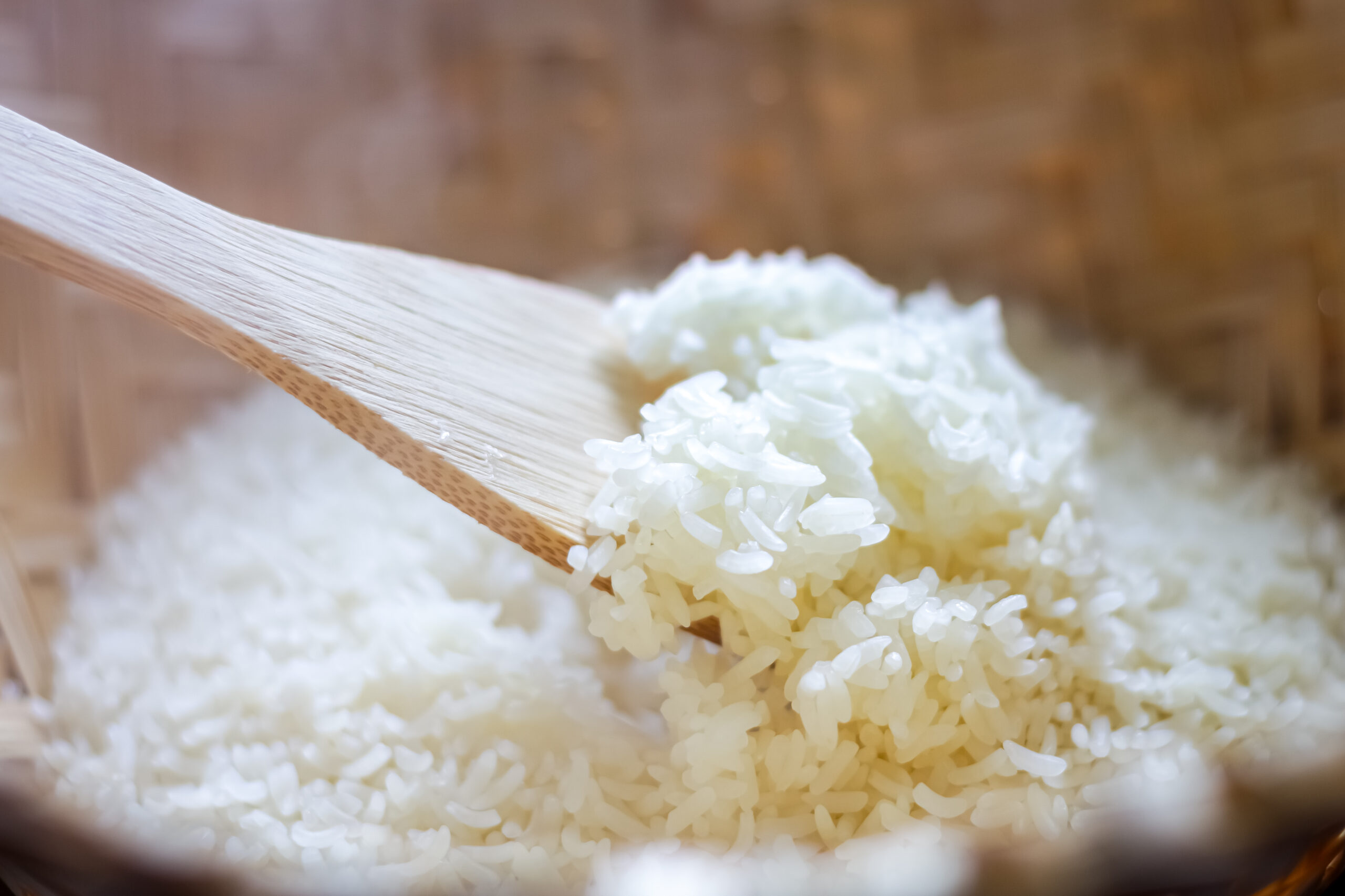Do you have a lot of leftover rice on your hands? Rice is one of those foods that totally changes texture and flavor when stored in the fridge after cooking, so you might be wondering how to reheat rice properly. Here are some tips!
Beware of Food Poisoning from Leftover Rice
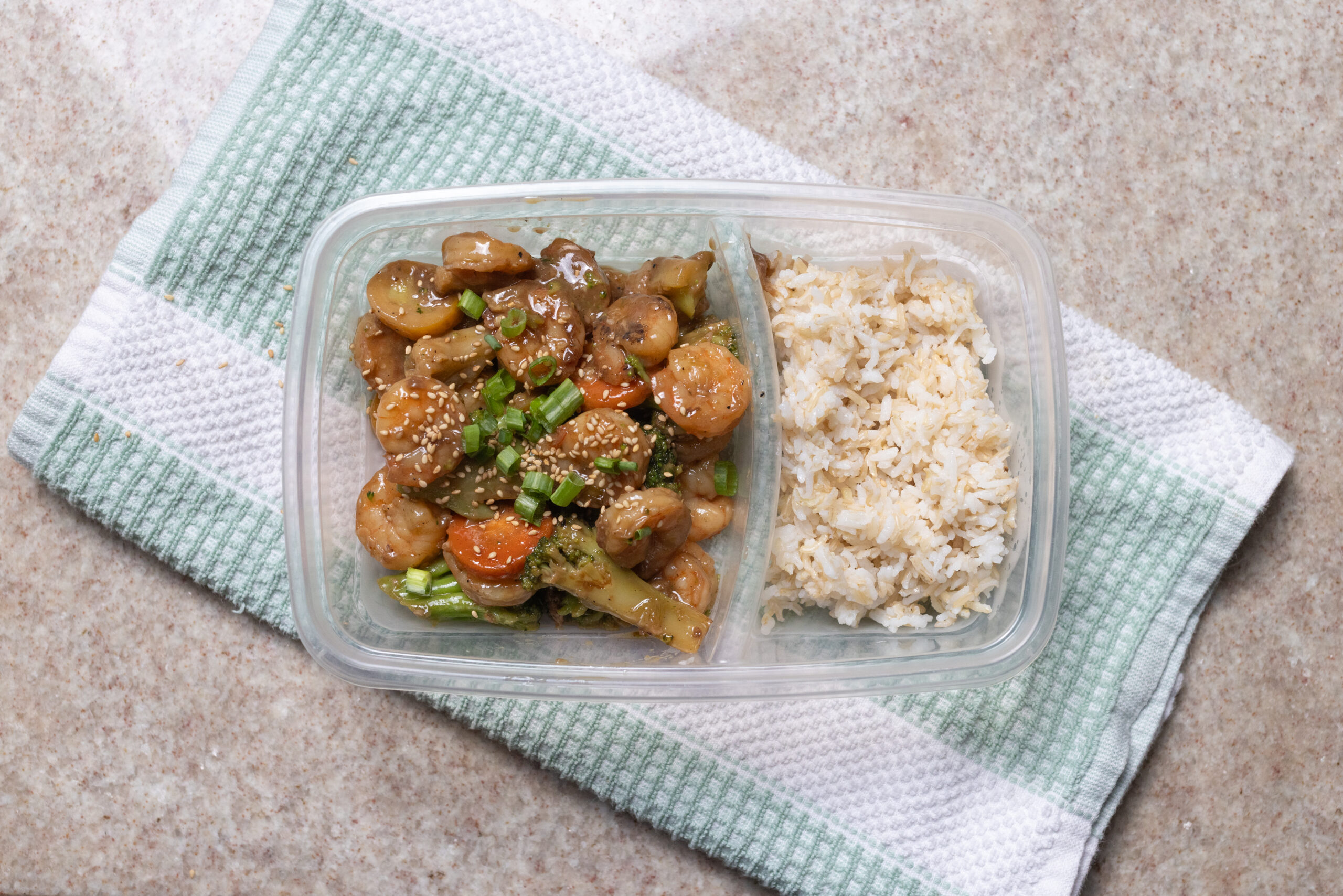
Food poisoning isn’t something you want to mess around with, especially when it comes to rice. Be cautious of rice left at room temperature for an extended time.
Leftover rice can have Bacillus cereus, a bacteria that can cause serious food poisoning. Luckily, you can easily avoid this by storing and heating leftover rice properly.
Educate yourself on the symptoms of food poisoning from rice, such as vomiting, diarrhea, and abdominal pain, to recognize any issues promptly. These are definitely best avoided!
Wash Your Hands Thoroughly

The first rule of food safety is to always wash your hands frequently. This helps avoid cross-contamination between foods and other germs you might pick up.
It’s essential to thoroughly scrub your hands before handling leftover rice to prevent food poisoning. This is true even if you’re not directly touching the rice.
Pay particular attention to how you’re handling other foods, and especially raw meat, while you’re preparing or storing rice. These are common sources of food poisoning.
Store Leftover Rice Properly
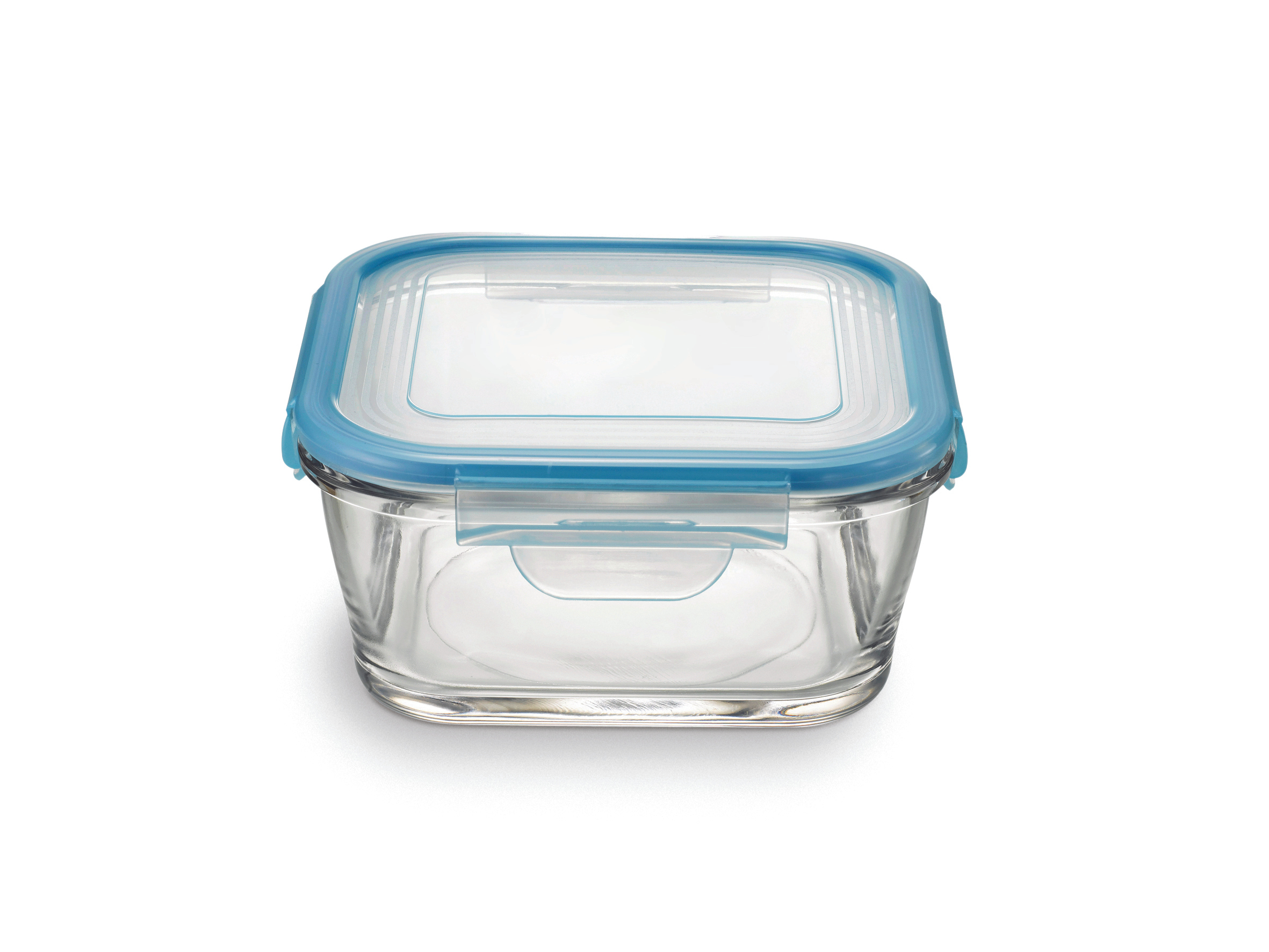
It might be tempting to just wrap up your rice pot in aluminum foil and shove it in the fridge. But this doesn’t keep your rice fresh or safe to eat.
Storing leftover rice in an airtight container is the best way to keep it fresh in the fridge. This helps slow the growth of bacteria, too.
Be mindful of mixing different batches of rice, as this can lead to uneven reheating and potential food safety hazards. And that’s not something you want.
Limit Refrigeration Time to 1-4 Days
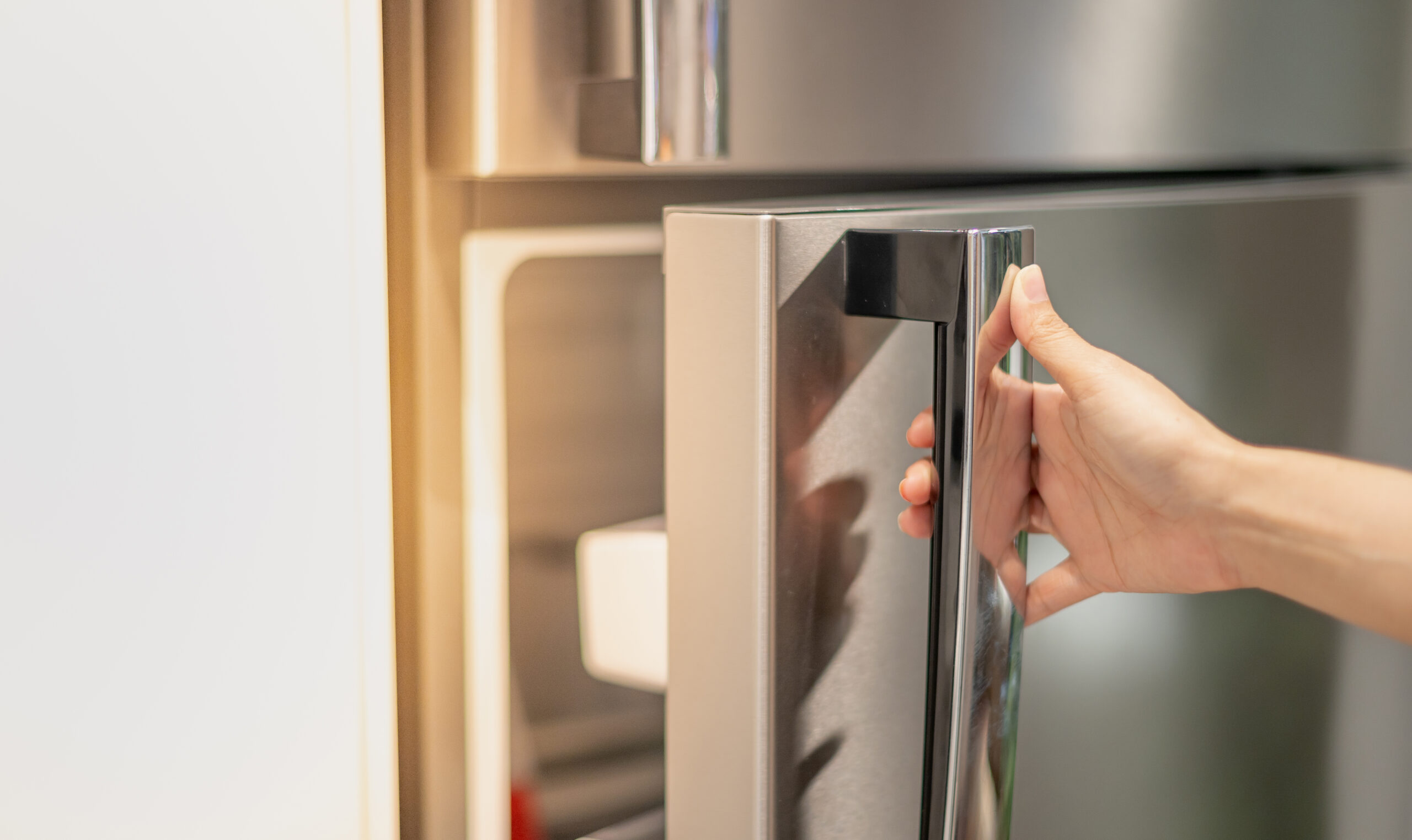
If you’re eyeing that leftover rice from last week in the fridge, think again. Leftover rice should only be reheated and consumed within one to four days.
Not only does rice become a food safety hazard after this period of time, but it also doesn’t taste as good. It’s worth making a fresh batch.
You should also ensure your refrigerator is set to the right temperature (below 40°F or 4°C) to keep stored rice safe before reheating. Any higher is too warm.
Consider the Type of Rice

Different types of rice have different needs when it comes to reheating. The method you choose for reheating can also depend on the initial cooking method.
For example, crisped or browned rice will need to be reheated differently from regular steamed rice. And brown rice should be treated differently from white.
Brown rice, specifically, tends to be dryer than white rice, so it might need a little extra TLC while reheating. And long grains may need more than short.
Check for Off Odors or Discoloration
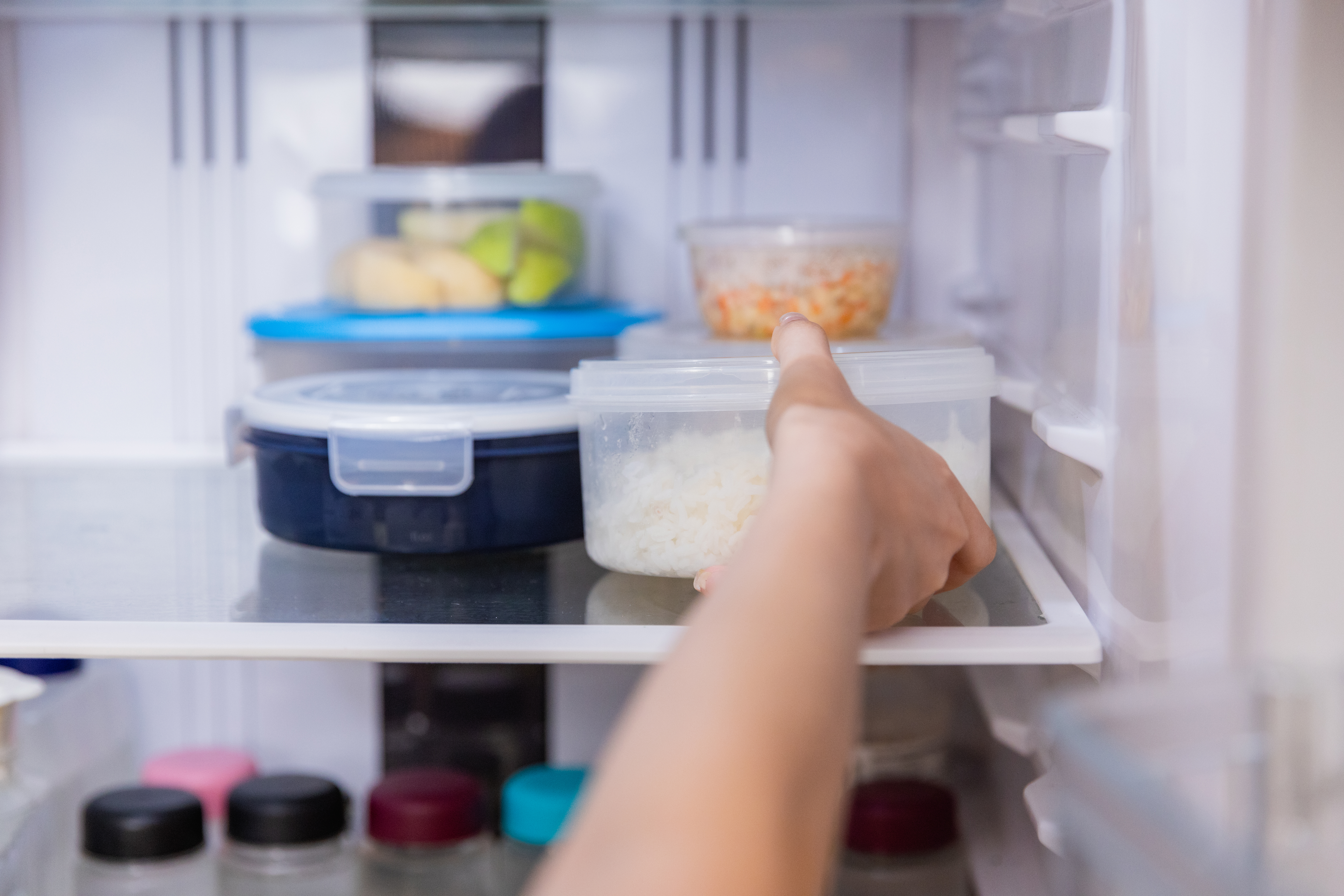
Before reheating, check the rice for any off-odors or discoloration that may indicate spoilage. Check all of the rice over, from the top of the container to the bottom.
Any rice that seems too hard or too dried out could also be difficult to reheat well. So it’s not ideal, even if it’s technically safe to eat.
Discard any rice that you’re unsure about, as it’s better to be safe than sorry when it comes to food safety. You don’t want to risk it!
Reheat Rice Until It’s Steaming Hot
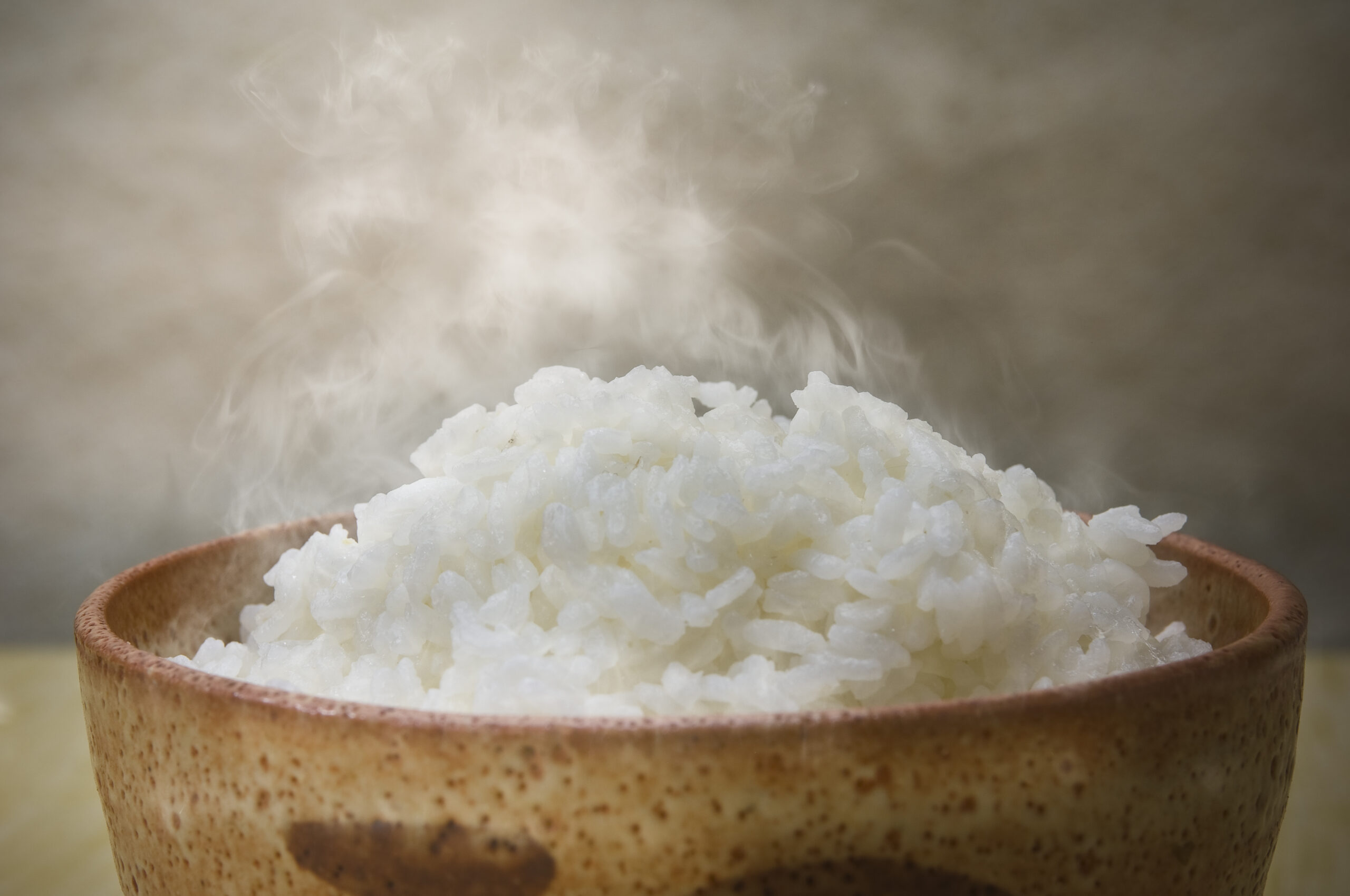
You might feel like it’s enough to zap your rice quickly until it’s warm enough to eat. But it’s important to pay attention to the temperature.
Rice should be steaming hot all the way through in order to be safe to eat. This is one of those situations where a food thermometer helps.
If you have one on hand, make sure your rice reaches an internal temperature of at least 165°F (74°C). This temperature applies regardless of how you reheat it.
Reheat Rice on the Stove
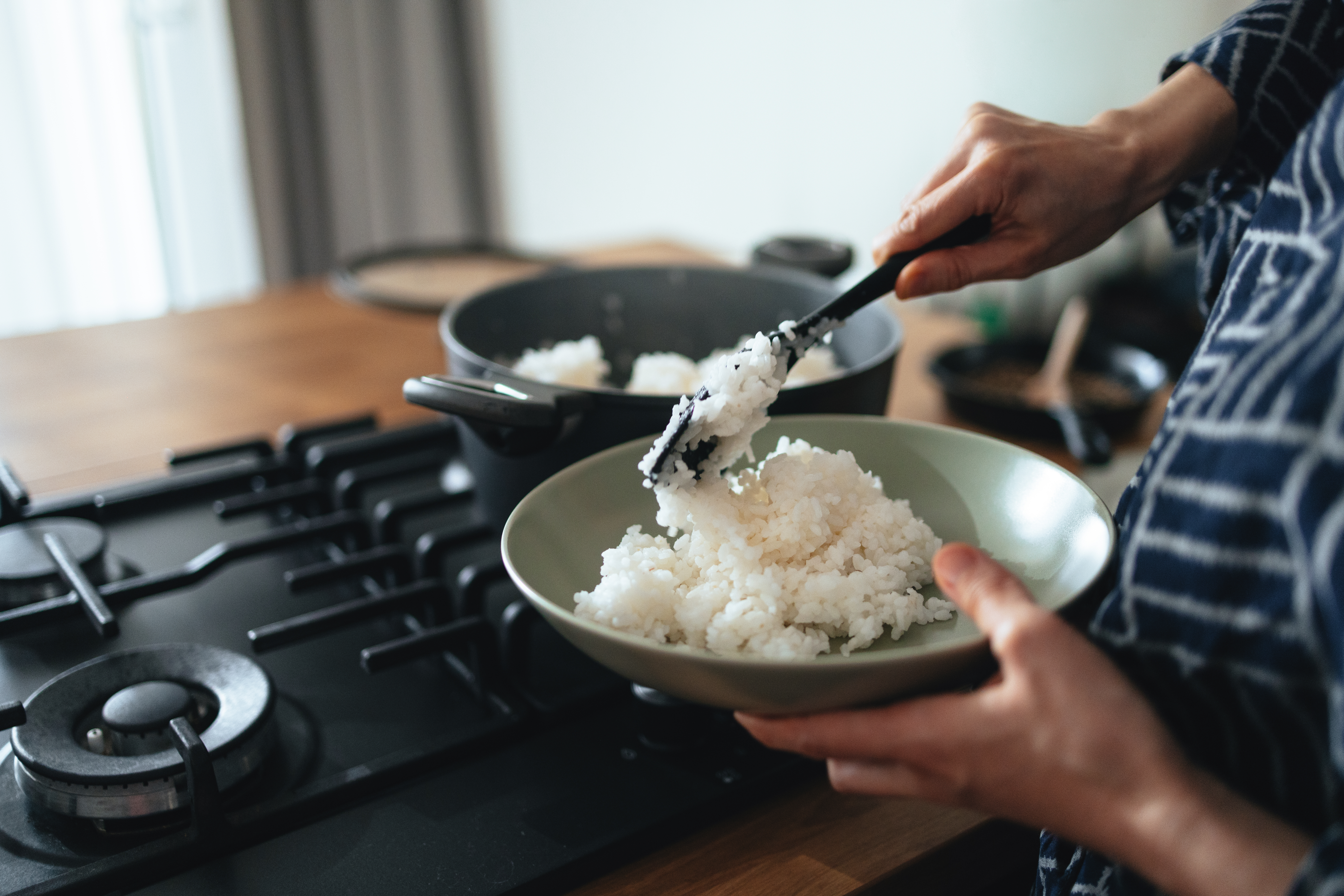
The first method to reheat your rice is using a stove. The trick is to add a little bit of water or broth to the rice.
Remember that some rice varieties, like brown rice, may require additional moisture when reheating due to their lower moisture content. No one likes dry rice!
Heat the rice over low to medium heat, stirring frequently until it’s thoroughly heated. You can also use a steamer basket over boiling water, instead.
Reheat Rice in the Microwave
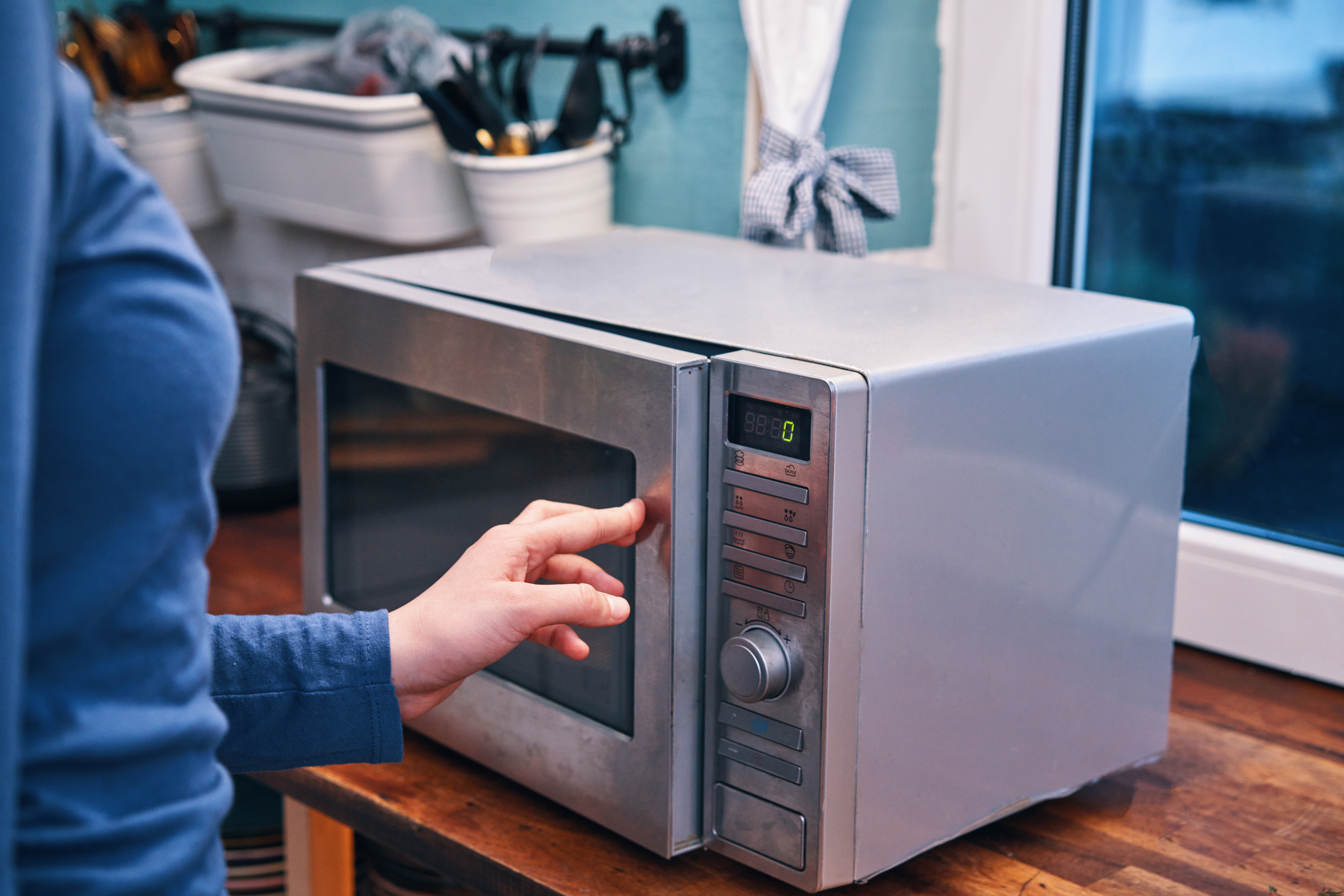
If you’re short on time, a microwave can work wonders for quick and even reheating. First, cover the rice with a damp paper towel to add moisture.
The damp paper towel creates steam in the microwave, adding some life back into your rice. Make sure to stir it halfway through the heating process.
For extra moisture, you can add a splash of water to the rice before microwaving it, too. You can also try adding a little bit of butter.
Reheat Rice in the Oven
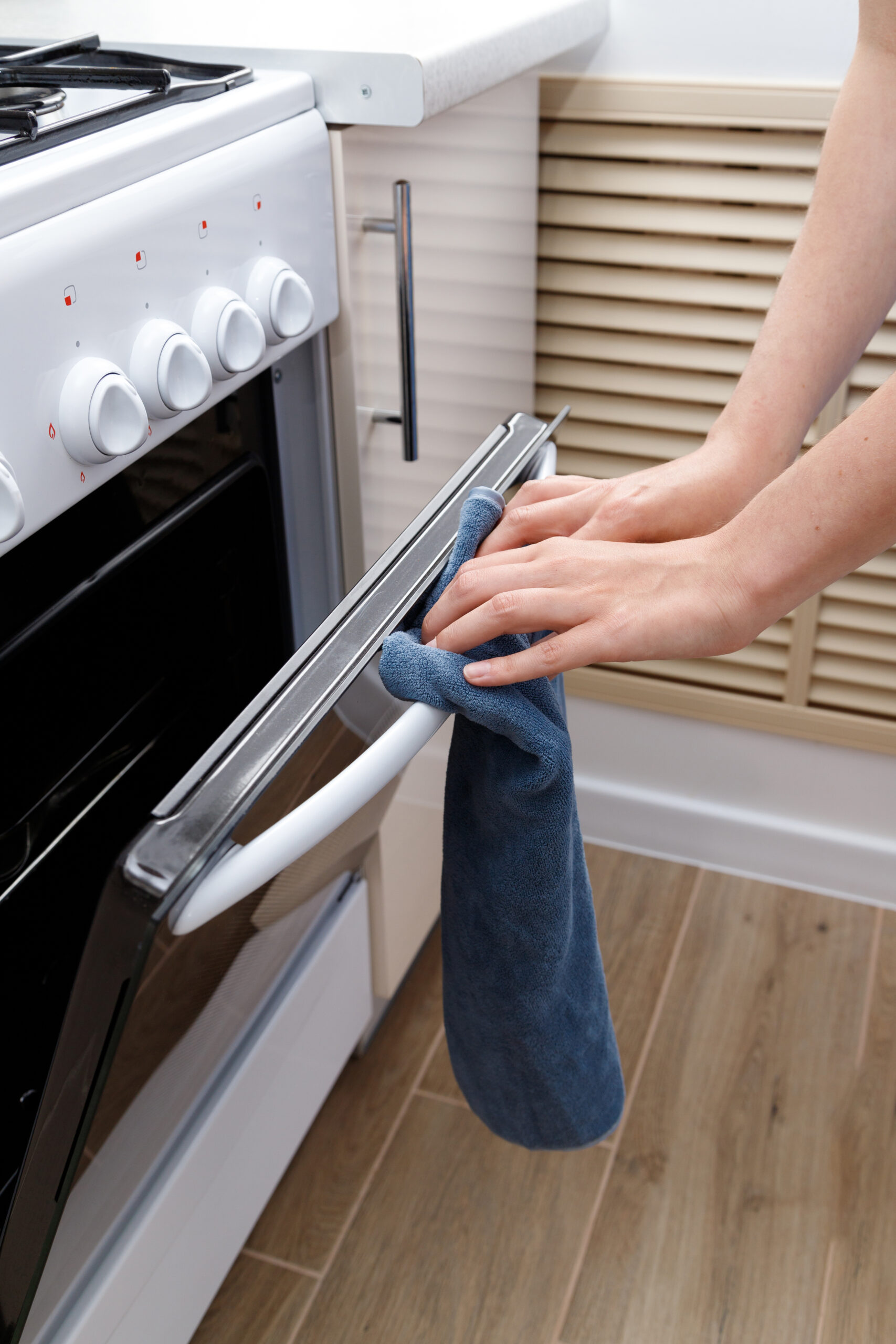
For larger quantities of rice, reheating it in the oven can be wonderfully effective. Spread the rice evenly in a shallow baking dish to ensure uniform heating.
Then, lightly sprinkle the rice with water to add moisture, which helps prevent the rice from drying out. Cover the dish with aluminum foil to retain steam.
Preheat your oven to 300°F (150°C), and place the dish on the middle oven rack. Heat the rice for 20-30 minutes, or until it’s heated to temperature.
Reheat Rice in a Rice Cooker
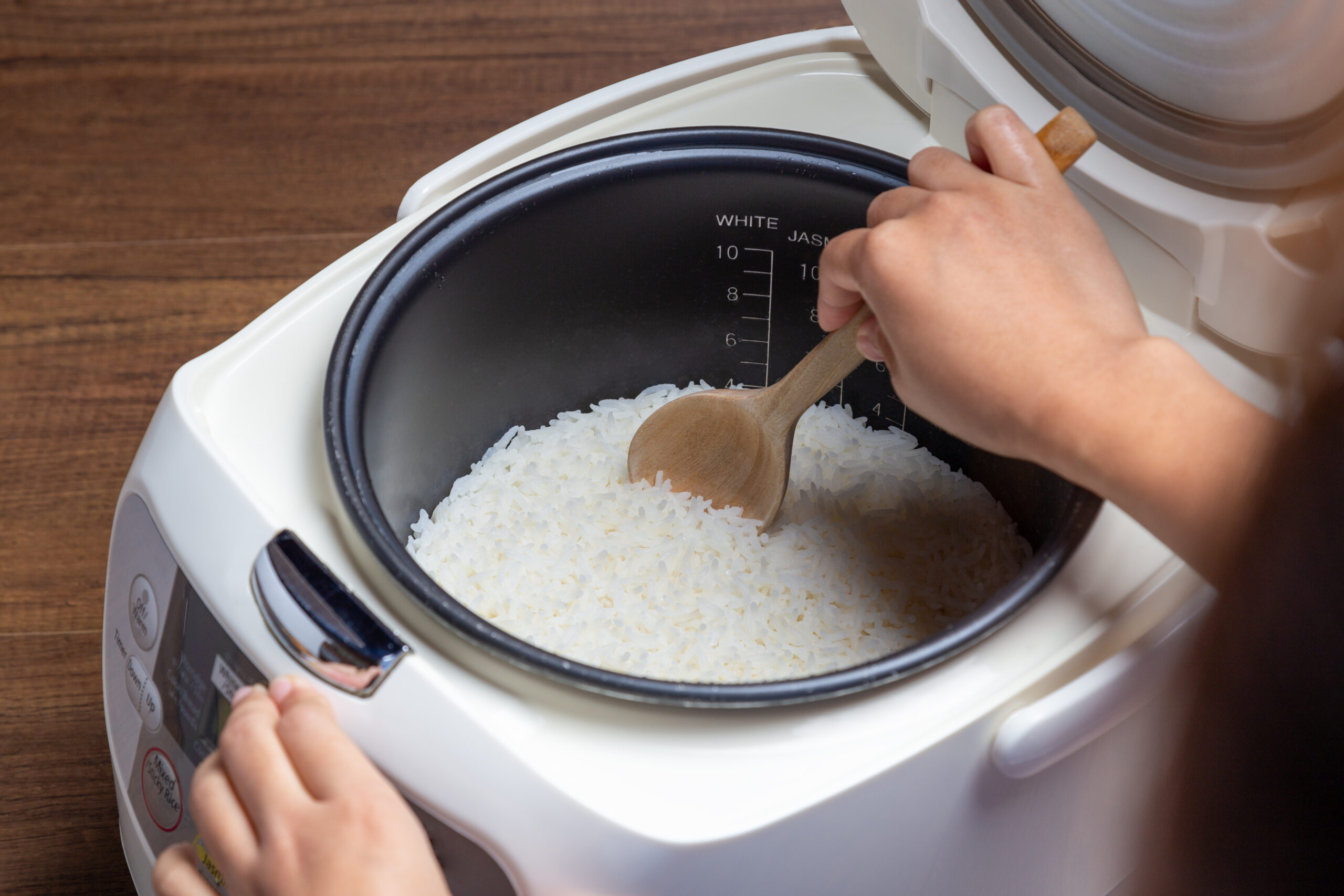
Many people wonder if you can use a rice cooker to heat up leftover rice, and the answer is: yes! This is a quick way to get like-new rice the next day.
To use this method, put your leftover rice in the rice cooker, and add a tablespoon or two of water per cup of rice. Broth also works.
Use the “cook” rather than “keep warm” option to reheat the rice to an acceptable temperature. Often, the warming setting doesn’t get hot enough to prevent food poisoning.
Avoid Using a Slow-Cooker
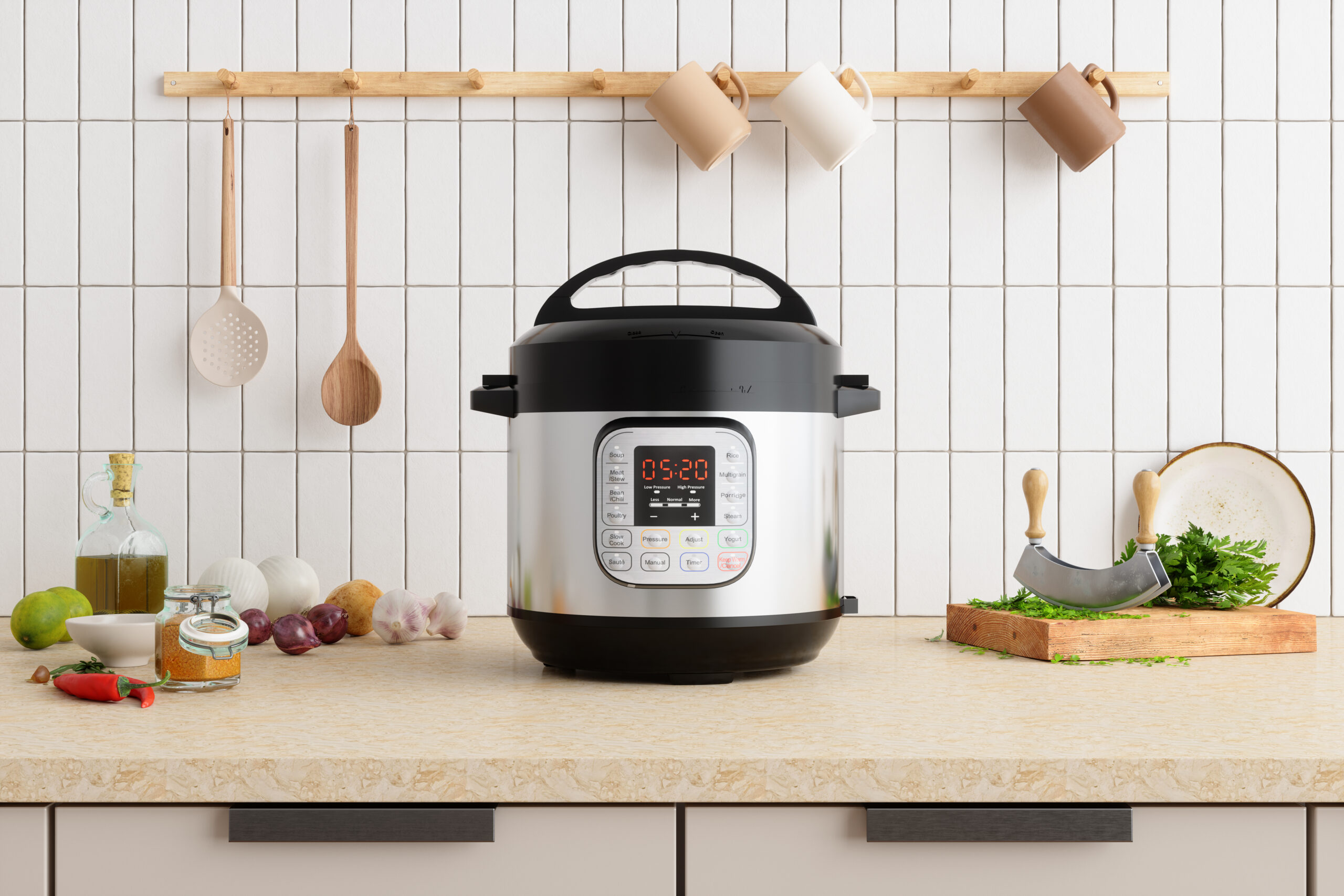
Slow cookers might feel like the perfect solution for perfectly reheating rice. But actually, it’s best to avoid these appliances for this particular job.
Slow cookers cook things…well, slowly. And for rice, that’s not the best method. You want your rice to come up to a high temperature quickly.
In the slow cooker, leftover rice can remain in the “danger zone” for too long, which can be a safety hazard. It can also just take a long time.
Stir Rice While Reheating
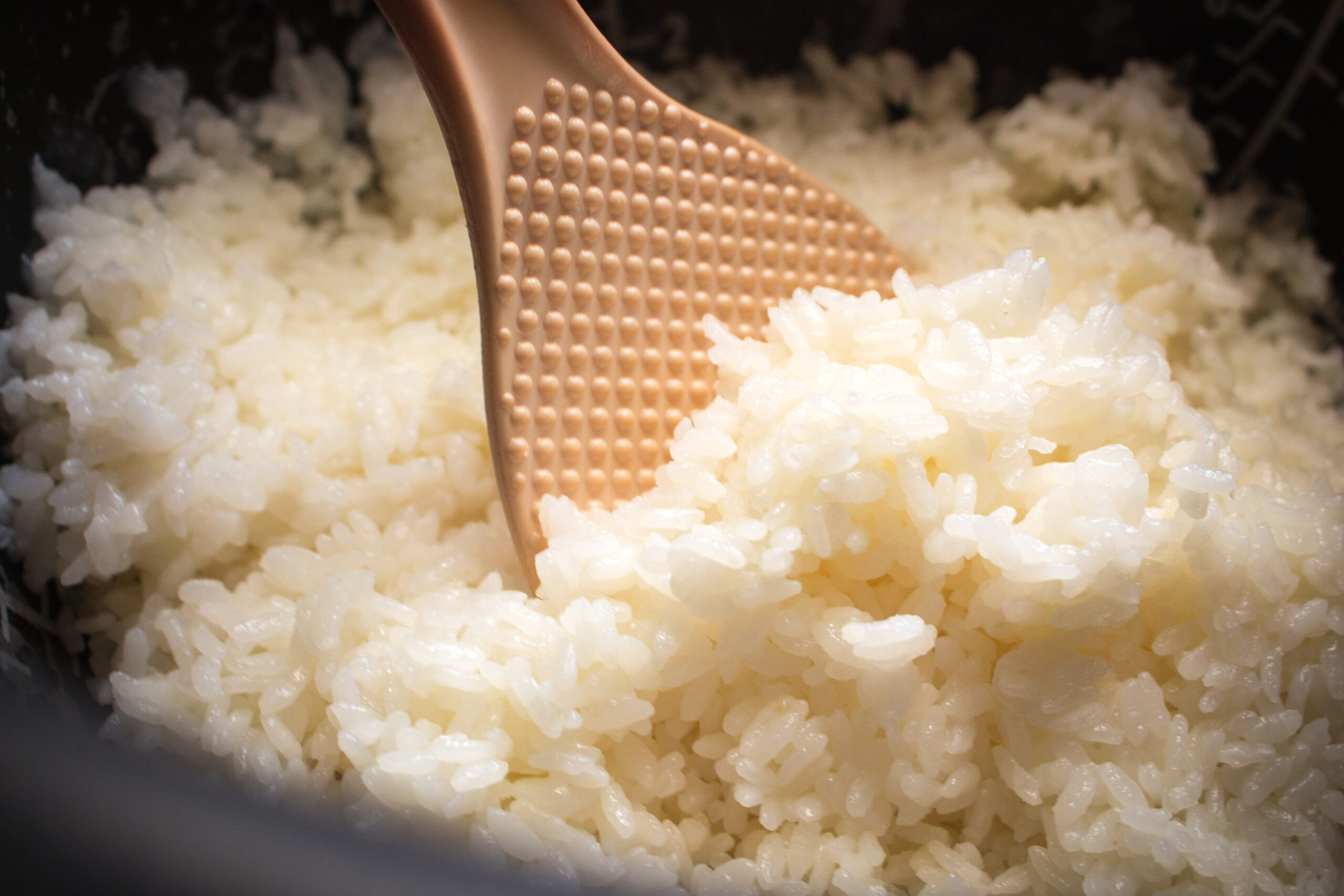
No matter which reheating method you choose, it’s essential to stir your rice while it’s reheating. Otherwise, you can get unpleasant results.
Everyone knows that rice likes to stick together, which can lead to lumpy rice and uneven temperatures when reheated. It’s not super tasty, nor is it safe.
Where there are uneven cooking temperatures, there’s also the opportunity for bacteria to survive. That’s exactly what we don’t want if we want to avoid food poisoning.
Use in Fried Rice or Other Cooked Dishes
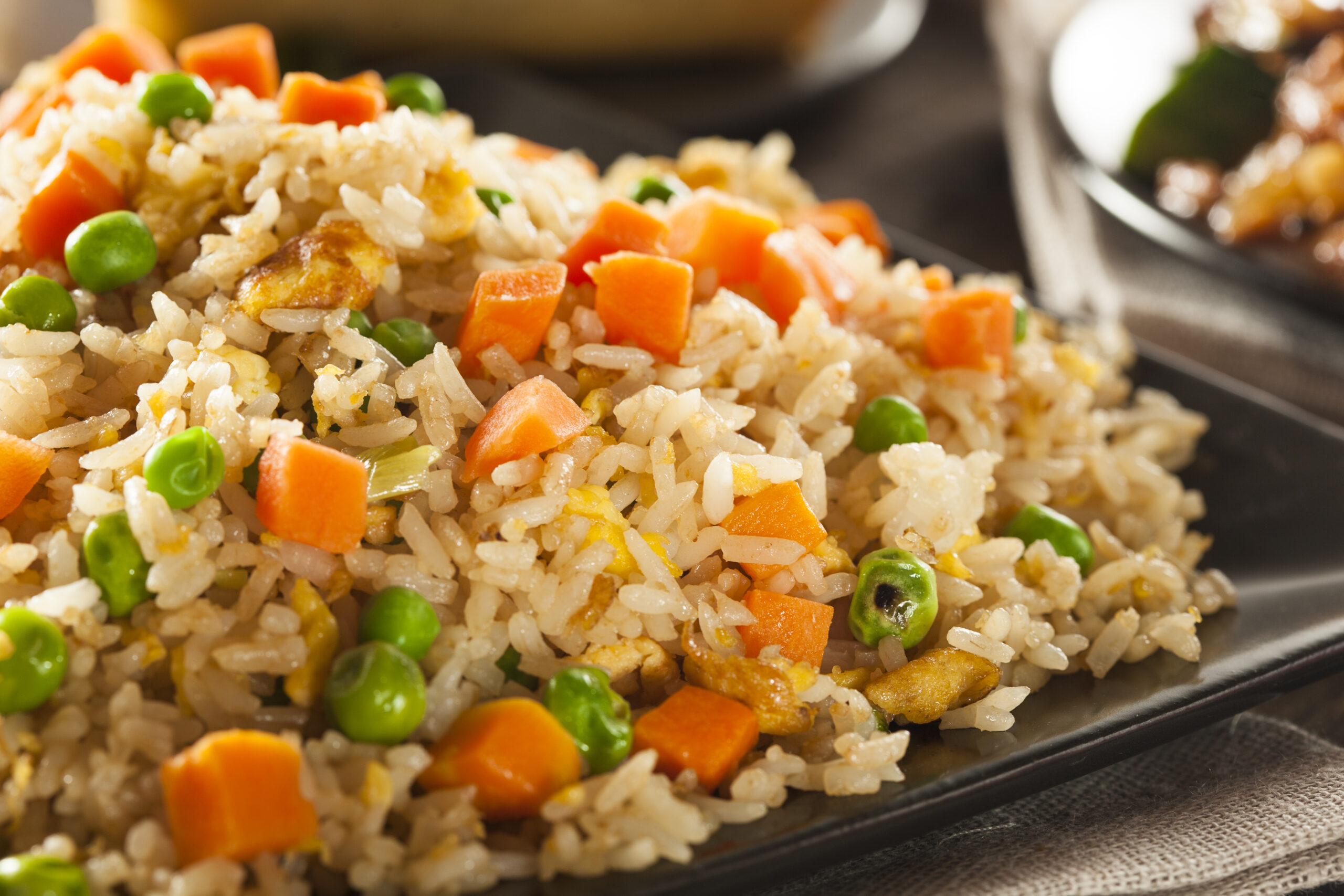
Another way to revive leftover rice is to use it in a dish like fried rice, soup, rice patties, or stuffed peppers. Talk about a flavorful solution!
These methods not only reheat the rice effectively but also enhance its flavor, giving the rice new life. Just make sure it’s heated thoroughly enough.
Even when you incorporate leftover rice into another dish, food safety still applies. Make sure your new dish is hot enough to avoid food poisoning.
Avoid Reheating More than Once
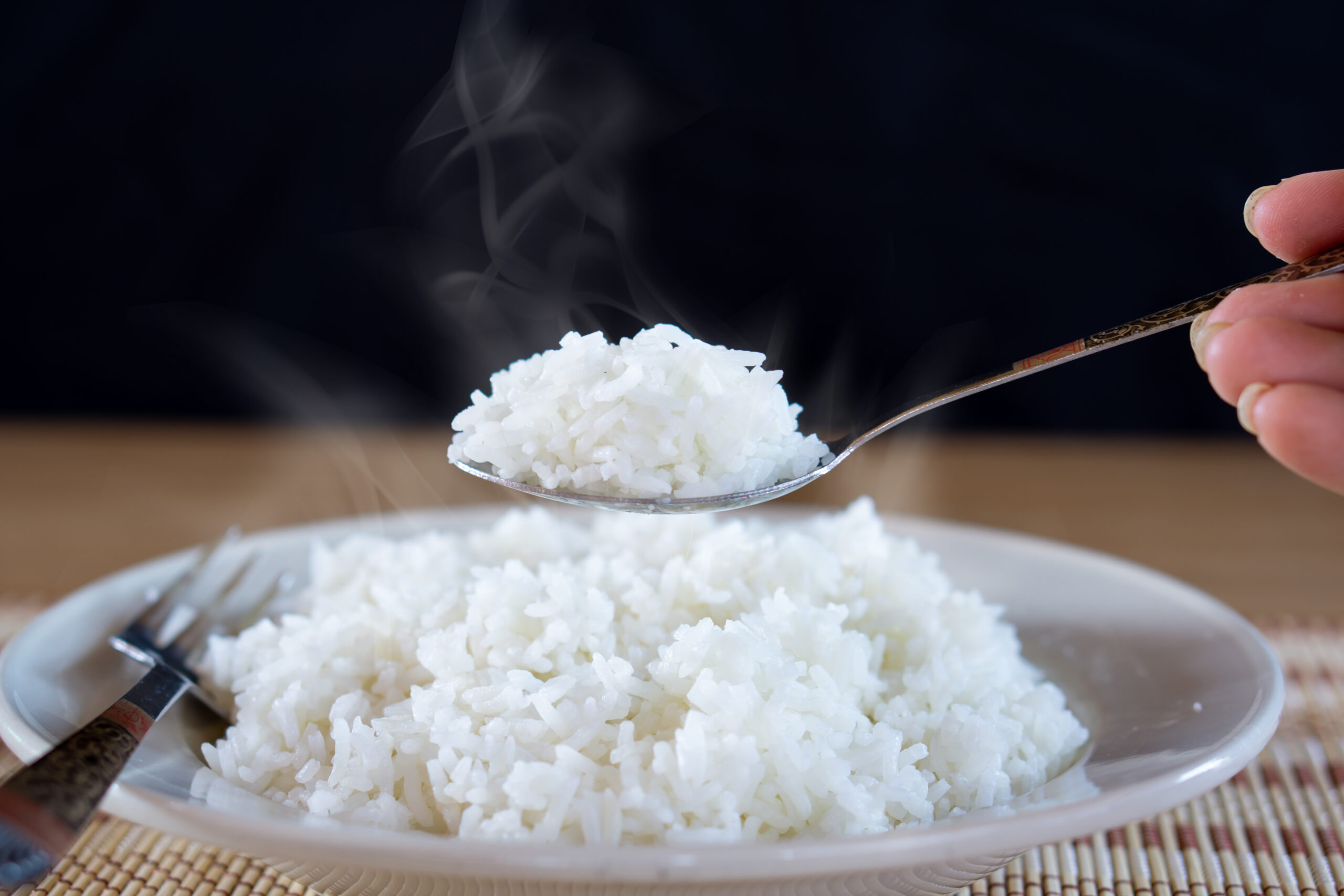
What if you still have leftover rice after using what you need? Try to only reheat as much as you need at a time to avoid multiple reheats.
Reheating rice more than once poses a risk because it can promote the growth of harmful bacteria, such as Bacillus cereus. Each cycle allows bacteria to multiply.
Repeated reheating can also degrade the rice’s texture and nutritional value. And remember to reheat and eat rice no more than 1-4 days from its original cooking date!
Add Butter or Oil for Moisture
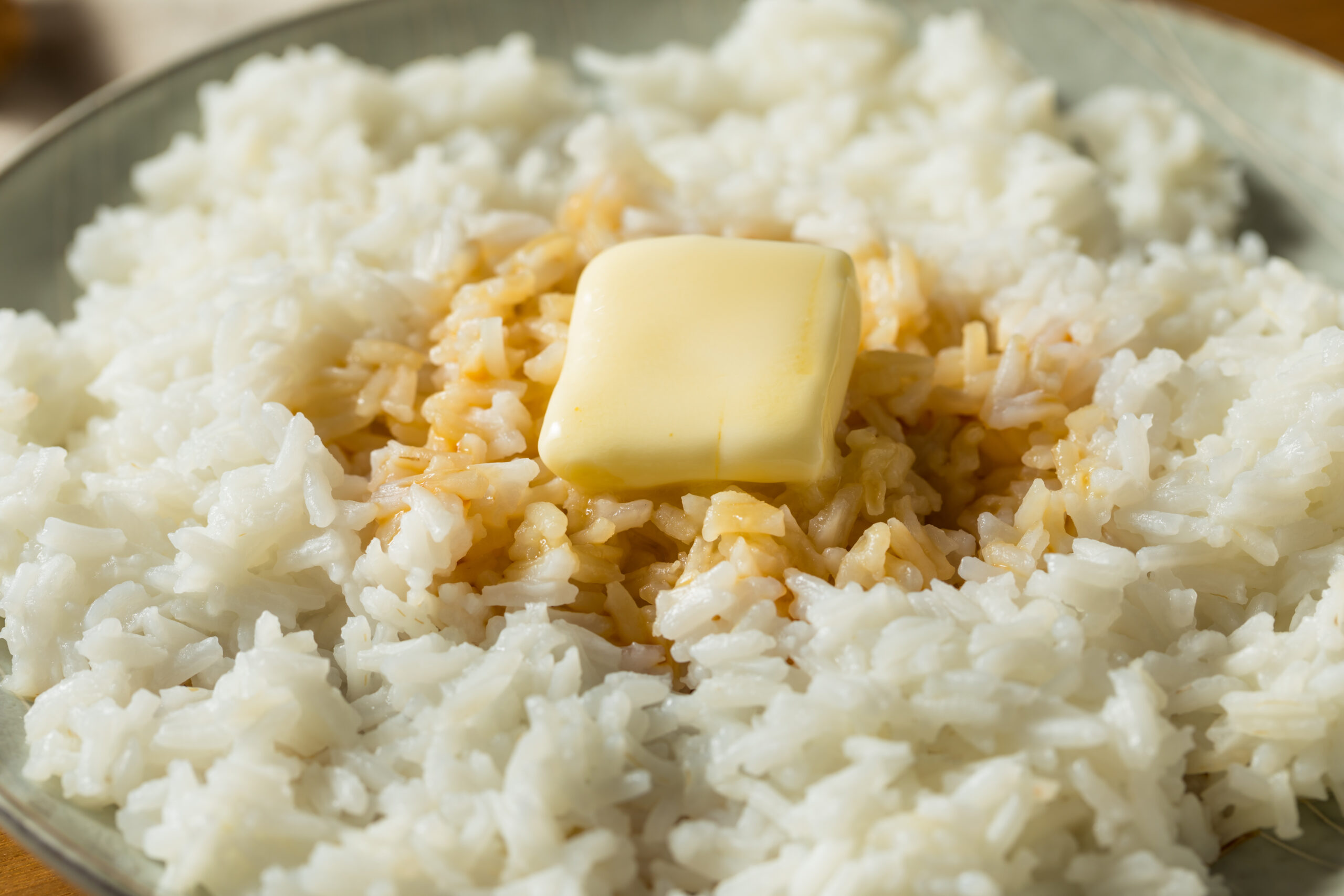
If, after reheating your rice, you find it dry and unappetizing, try adding a bit of butter or oil. Sometimes, all it takes is a little moisture.
It’s always best to take precautions against dry rice throughout the reheating process. But sometimes, those methods just don’t do the trick to entirely revive leftover rice.
Always taste a small portion of your reheated rice before serving to ensure it has warmed through completely and retains a fluffy, yummy texture.
Share the Word About Rice Safety
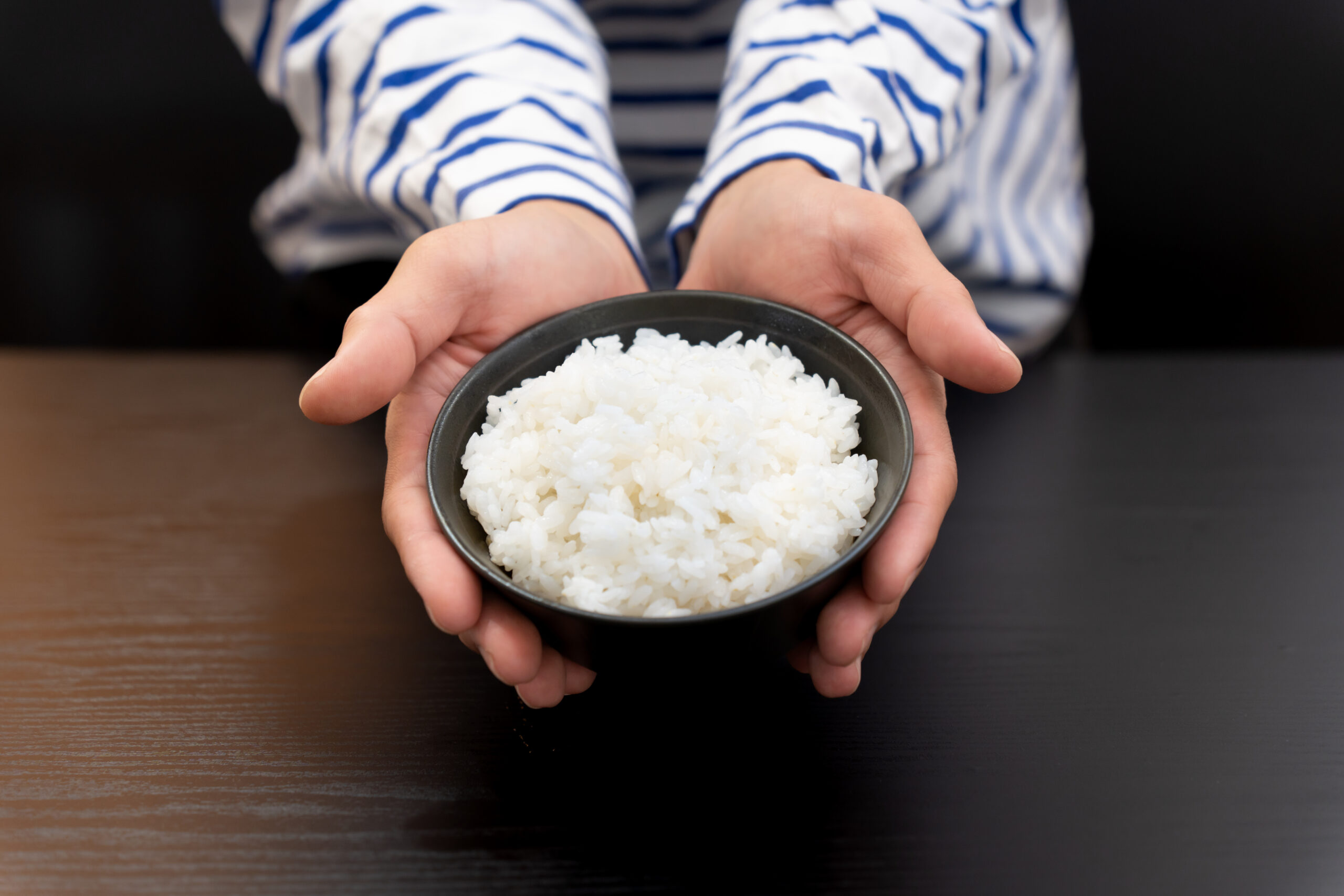
So there you have it: the answer to the question of how to reheat rice perfectly. These tips will help you get fluffy leftover rice every time.
Now that you know how to reheat rice the right way, it’s important to get your household on board, too. Food safety is a group effort.
The next time you find yourself with leftover rice, you can store it with confidence. You know you can always bring it back to life tomorrow!
